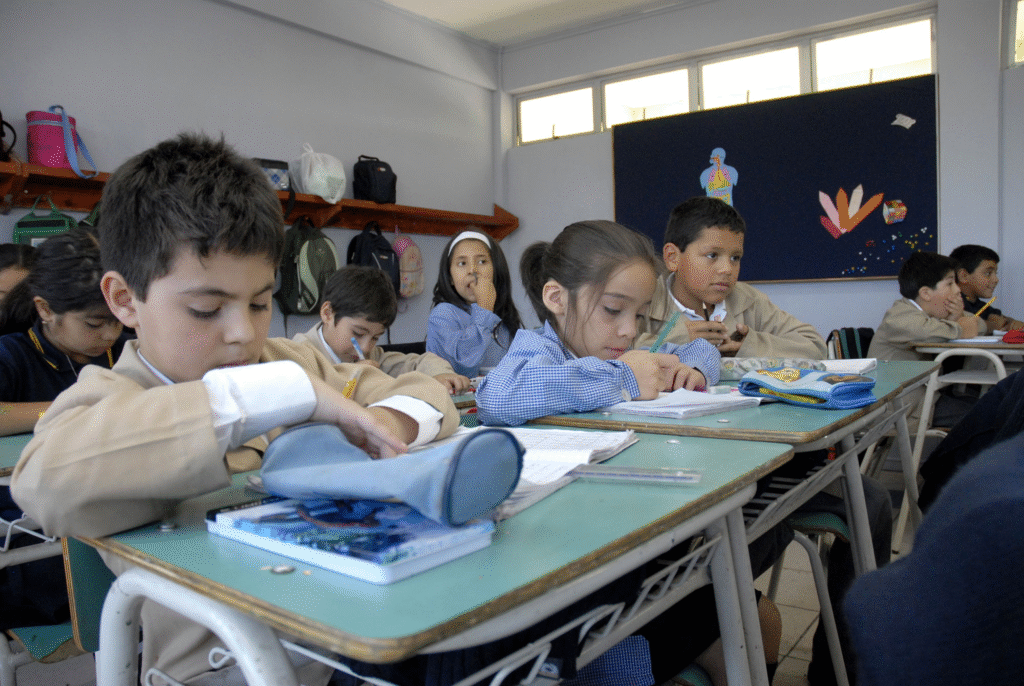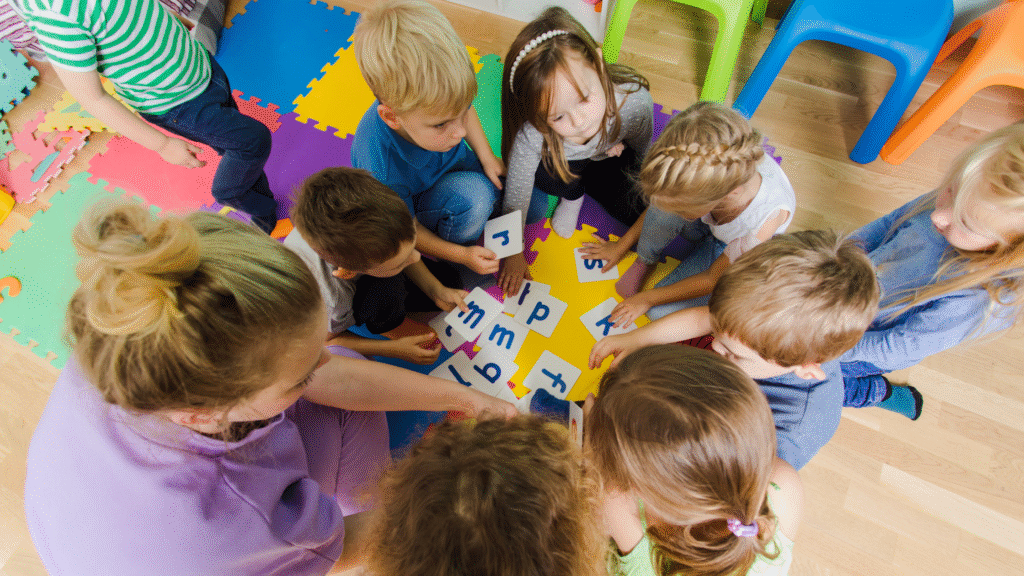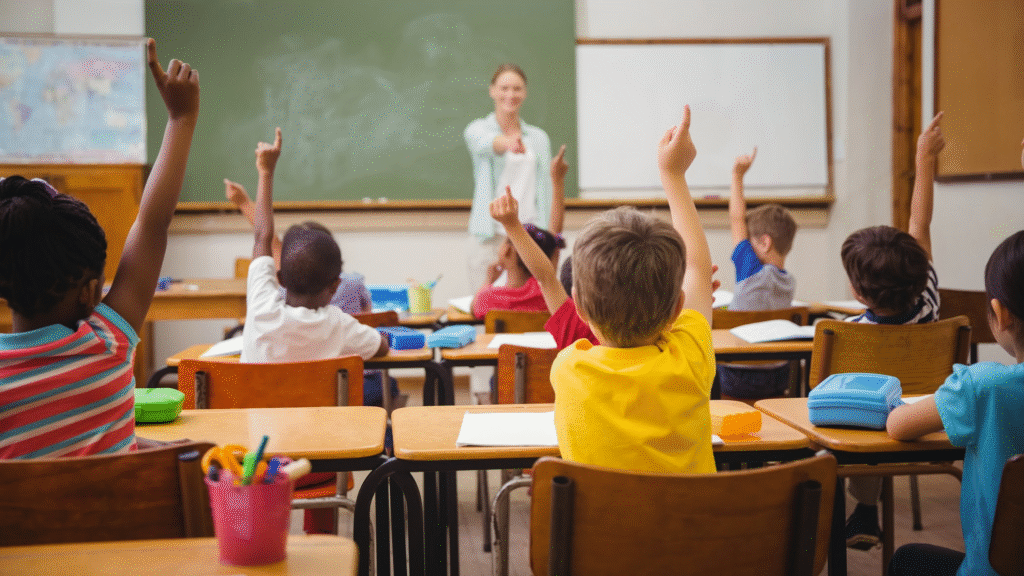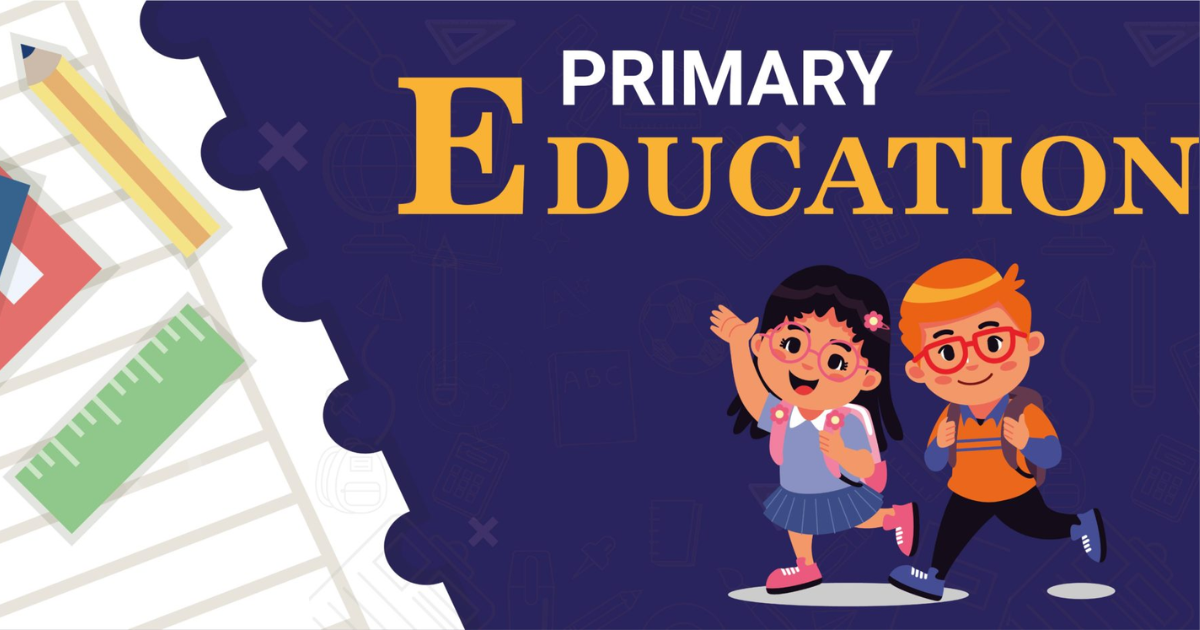Primary education plays a pivotal role in shaping the future of individuals and societies alike. Often referred to as elementary or basic education, this phase lays the groundwork for lifelong learning, personality development, and social integration. The significance of a strong start in education cannot be overstated—it is in the early years that children build the skills, values, and confidence they need to thrive in school and beyond. This article explores the importance of primary education, the core components that define its quality, and how it contributes to both personal and national development. We also examine global challenges, best practices, and actionable insights for strengthening primary education systems.
Understanding Primary Education
What Is Primary Education?

Primary education typically refers to the first stage of formal education, starting at ages 5 to 7 and continuing for about six years. It introduces children to basic literacy, numeracy, science, social studies, and life skills.
Goals of Primary Education
Develop basic reading, writing, and math skills
Foster emotional and social development
Encourage curiosity and a love of learning
Promote good hygiene, discipline, and interpersonal skills
Instill foundational knowledge across subjects
Why Primary Education Is Critical
Foundation for Future Learning
Children who receive quality primary education are more likely to perform well in secondary and higher education. Early literacy and numeracy form the basis for more complex subjects later on.
Cognitive and Emotional Development
During primary years, the brain is highly plastic. Exposure to structured learning helps improve memory, language acquisition, problem-solving skills, and emotional regulation.
Social Integration and Citizenship
Primary schools teach children how to cooperate with peers, follow rules and instructions, respect diversity and differences, and participate in group activities. This is key to developing responsible and engaged citizens.
Health Awareness and Life Skills
Through subjects like physical education and health science, students learn proper hygiene, nutrition basics, physical activity habits, and safety and first aid practices.
Elements of Quality Primary Education
Qualified and Motivated Teachers
Teachers are the cornerstone of education. Qualified educators trained in child-centered pedagogy can adapt lessons to suit different learning needs and paces.
Child-Friendly Curriculum
A well-designed curriculum builds sequentially on existing knowledge, encourages exploration and inquiry, and includes creative arts, physical education, and moral education.
Safe and Inclusive Learning Environment
Schools should be physically safe (clean, well-lit, and ventilated), emotionally safe (free from bullying and discrimination), and inclusive (accommodating students with disabilities, different languages, and cultural backgrounds).
Availability of Learning Materials
Access to books, digital resources, teaching aids, and writing tools directly impacts the learning experience and outcomes.
Parental and Community Engagement
Involving parents and local communities fosters accountability, ensures relevance of curriculum, and encourages consistent attendance.
Long-Term Benefits of Primary Education

Individual Development
Higher earning potential: Literacy increases job opportunities
Better health: Educated individuals make informed health choices
Social mobility: Education helps break cycles of poverty
National Development
Economic growth: Countries with high literacy rates have stronger economies
Democratic participation: Literate populations engage more in civic duties
Lower crime rates: Education fosters law-abiding, productive citizens
Challenges Facing Primary Education Globally
Inadequate Infrastructure
In many developing regions, students lack safe classrooms, electricity and internet, clean water, and toilets.
Teacher Shortages
Underpaid, overworked, or untrained teachers affect the quality of instruction. Rural and marginalized communities are hit hardest.
Gender Disparities
In some cultures, girls face greater barriers to education due to social norms, early marriage, or safety concerns.
Conflict and Displacement
Millions of children are out of school due to war, political instability, or natural disasters. Temporary shelters often lack educational provisions.
Learning Poverty
According to the World Bank, over 50% of 10-year-olds in low- and middle-income countries cannot read and understand a simple story. Access doesn’t always mean comprehension.
Innovations Improving Primary Education
Digital Learning Platforms
Apps and websites like Khan Academy Kids, Byju’s, and Read Along by Google offer engaging lessons tailored for early learners.
Mobile Classrooms
In remote areas, buses or boats are converted into mobile schools equipped with teachers and materials.
Radio and TV Education
Where internet access is limited, educational programming via radio and TV helps reach children at home.
Teacher Training via Technology
Online professional development tools help train teachers, especially in remote or underserved areas.
Case Studies: Successful Primary Education Models
Finland
Emphasizes play-based learning
Prioritizes teacher training
Delays formal academics until age 7
Uses minimal testing, focusing on holistic development
Japan
Values discipline, cleanliness, and teamwork
Includes moral and physical education in daily curriculum
Emphasizes group harmony and cooperative learning
Kenya’s Tusome Program
Government-led literacy initiative
Distributed books to over 20,000 schools
Uses tablets to track teacher performance and student progress
Strengthening Primary Education: Recommendations

Government Initiatives
Increase education budgets
Improve infrastructure and teacher compensation
Mandate early childhood education as part of primary schooling
Community Involvement
Encourage parent-teacher associations (PTAs)
Involve local leaders in school decision-making
Create school feeding programs to improve attendance
NGO and Private Sector Collaboration
Partner with NGOs for resources and innovation
Promote CSR (Corporate Social Responsibility) projects that support education
International Support
Leverage aid from organizations like UNICEF, UNESCO, and the World Bank
Align with UN Sustainable Development Goal 4: Quality Education for All
Also Read : The Future Of Higher Education: Trends In University Learning
Conclusion
Primary education is the bedrock upon which all future learning is built. It does far more than teach children how to read or count—it develops character, fosters creativity, nurtures health, and lays the foundation for lifelong success. To truly unlock a child’s potential and ensure sustainable national development, governments, communities, and educators must work together to strengthen primary education systems. The investment we make today in young learners pays the highest dividends tomorrow—in knowledge, innovation, stability, and prosperity.
Frequently Asked Questions (FAQs)
Why is primary education important?
Primary education builds essential literacy, numeracy, social, and life skills. It shapes a child’s academic, emotional, and behavioral development, preparing them for further education and societal participation.
What age group is covered by primary education?
Typically, primary education serves children aged 5 to 12, but this can vary by country.
How can parents support primary education?
Parents can help by reading with their children, ensuring regular attendance, communicating with teachers, and providing a stable learning environment at home.
What are the main challenges in primary education?
Key challenges include inadequate school infrastructure, teacher shortages, gender disparities, conflict and displacement, and learning poverty.
How can technology support primary education?
Technology can provide digital content, train teachers, reach remote learners, and support personalized learning.


